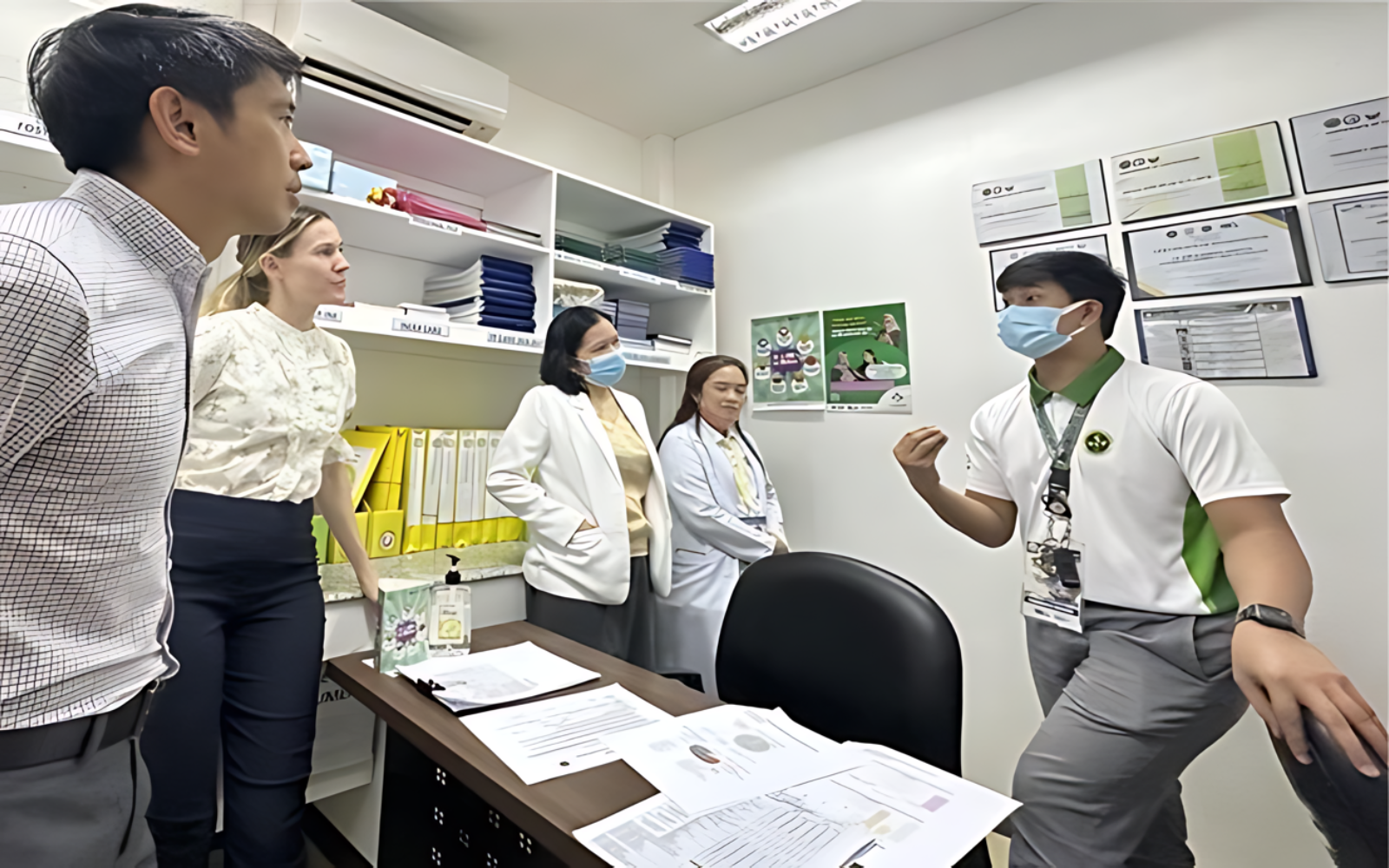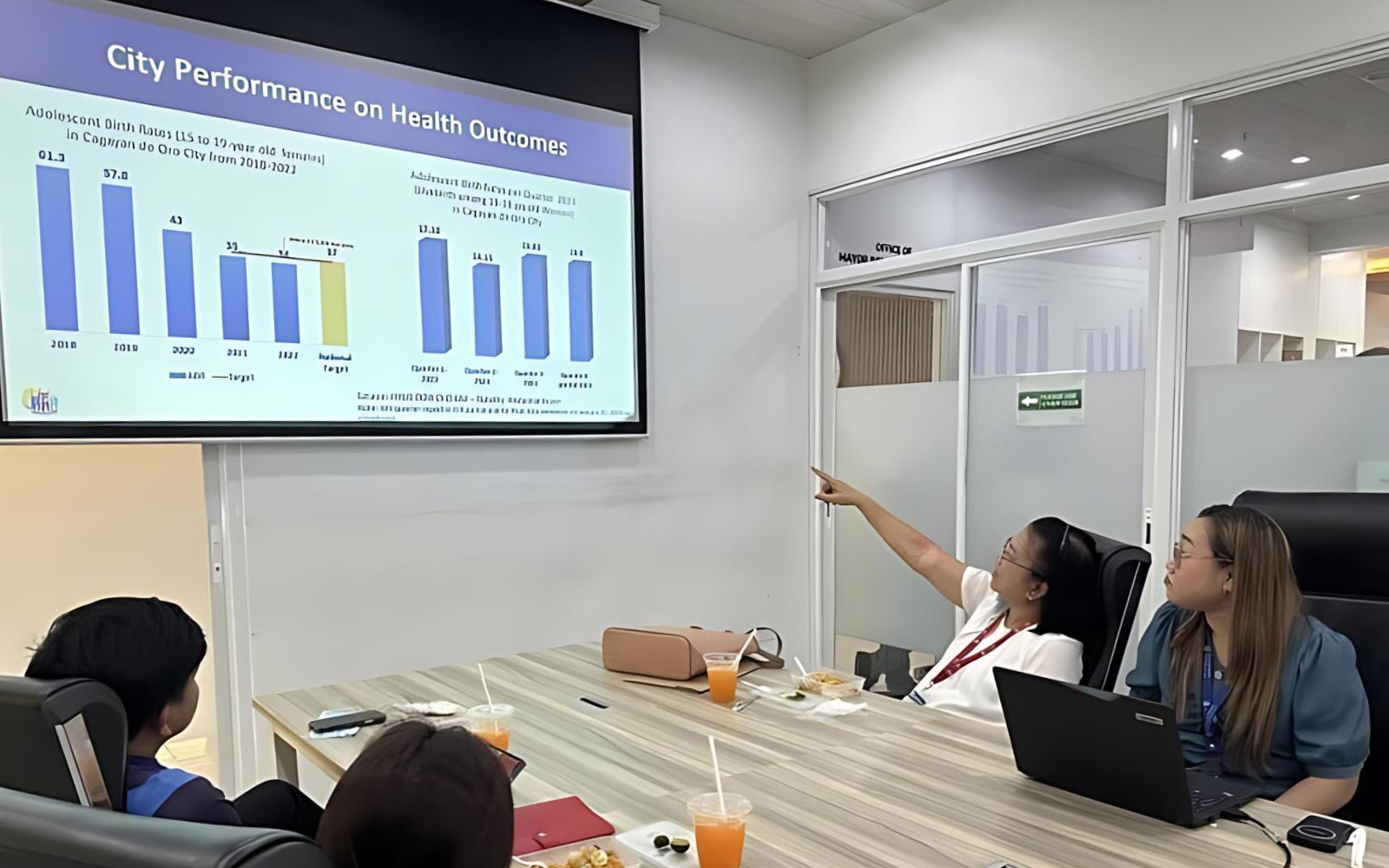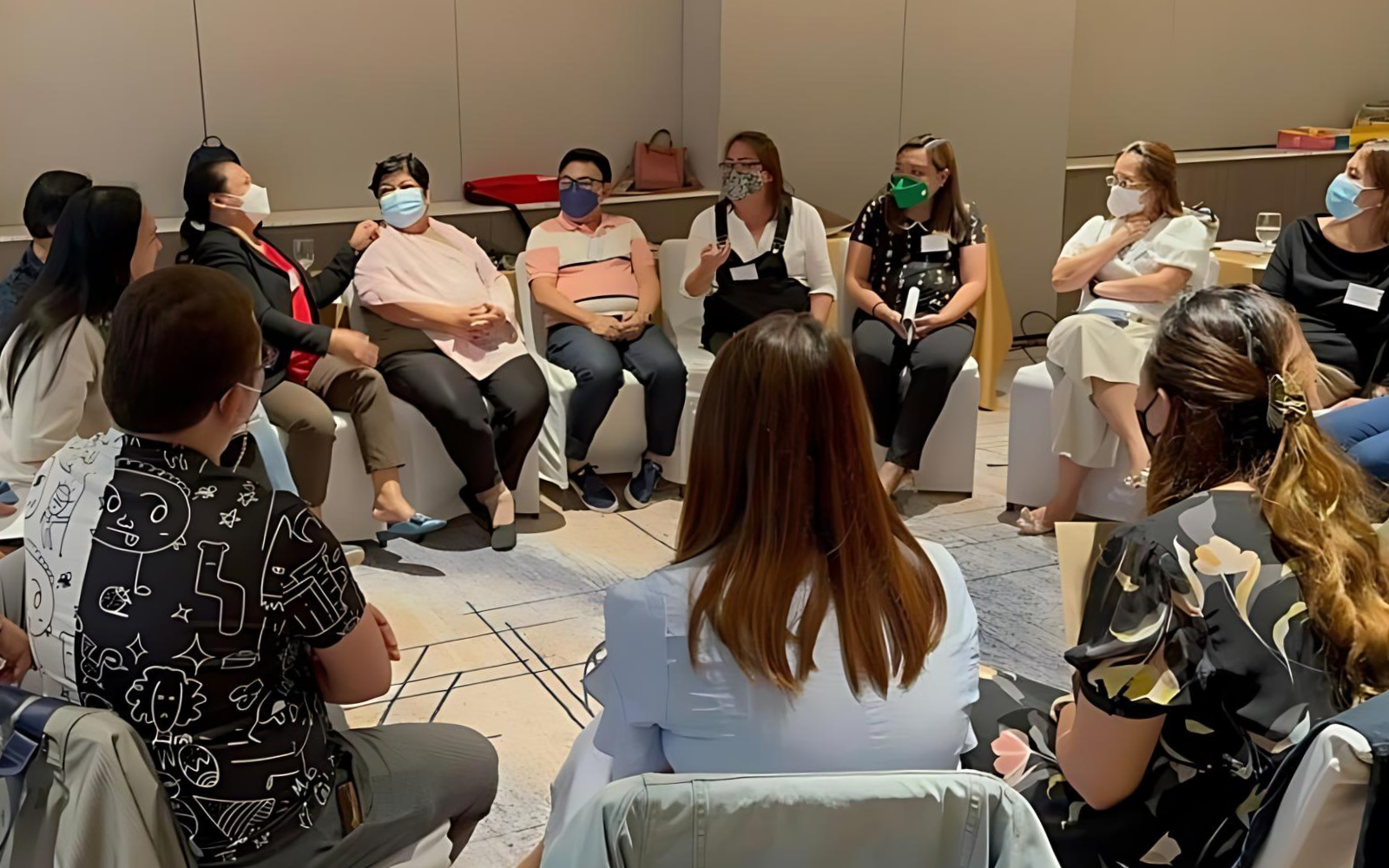Leadership and Collaboration: Cagayan De Oro’s Path to Adolescent Health Sustainability
Stories

In 2018, Cagayan de Oro (CDO) faced a serious issue: a high rate of adolescent pregnancies among 15- to 19-year-olds, both residents and transients. The city recorded 80 births per 1,000 adolescents—well above the national target of 37. Even when excluding transients, the rate was still at 47.
To address this, city leaders partnered with the Zuellig Family Foundation (ZFF) and the United States Agency for International Development (USAID) to implement programs aimed at reducing adolescent birth rates (ABR). Their efforts gained momentum with The Challenge Initiative (TCI), a program focused on Adolescent and Youth Sexual and Reproductive Health (AYSRH), introduced in 2021.
Leadership and Collaboration
A City Leadership Team (CLT), made up of local agency heads, was formed to coordinate efforts. When Mayor Rolando “Klarex” Uy took office in 2022, he emphasized teamwork in addressing teen pregnancy. ZFF, through TCI, provided training and mentoring for the CLT, equipping them with leadership skills focused on shared responsibility and collaborative solutions.
Data-Driven Action
CDO’s Information and Service Delivery Network (ISDN), established in 2018, played a key role in gathering and analyzing data. With TCI’s guidance, the network streamlined efforts, making it easier to distinguish ABR among residents and transients. This allowed for more targeted interventions to prevent first and repeat pregnancies and delay sexual activity among the youth.
City Health Officer Dr. Rachel Daba-Dilla stressed the importance of accurate data: “Data is power! We have the highest rate (in Northern Mindanao) simply because we find them. This helps us understand and address the problem.”

Strengthening Health Services
The ISDN also improved the city’s referral system, integrating services related to adolescent reproductive health, mental health, and substance use. Recognizing the need for accessible health services, the city expanded its adolescent-friendly health facilities (AFHFs) to 65 facilities, offering education, counseling, vaccinations, and antenatal and postnatal care.
Engaging the Youth and Community
Mayor Uy ensured that youth organizations, particularly the Sangguniang Kabataan (SK), were actively involved in governance. Youth leaders became peer educators, helping to promote AYSRH programs. Barangay officials and health workers also received training, strengthening community-based family planning initiatives.
Mayor Uy personally engaged parents in discussions, encouraging them to support AYSRH programs and modern contraceptives. This led to increased awareness and use of free family planning services available in health centers.
Family Planning and Data Quality
Through TCI, the City Health Office enhanced family planning services with better data management and community outreach. The city also improved access to long-acting reversible contraceptives (LARCs), such as implants and IUDs, with support from the Department of Health (DOH) and community health organizations.
Despite progress, challenges remain. Changes in the Family Health Information System (FHSIS) mean that the modern contraceptive prevalence rate (mCPR) is no longer reported. Instead, tracking will focus on current users and demand satisfaction, requiring updated tracking forms and additional funding.
To adapt, CDO is embracing digital health solutions like Wireless Access for Health. This transition aims to improve efficiency and sustainability by ensuring better tracking, financial protection for services through PhilHealth reimbursements, and additional income for local health facilities.

Sustaining Progress
Mayor Uy’s administration has steadily increased budget allocations for AYSRH and family planning, with a 15% rise in 2024. Of the allocated 12.5 million pesos, 88% was used for these efforts.
Even with CDO graduating from the TCI program in 2024, sustainability remains a challenge. However, strong leadership, effective collaborations, and continuous learning ensure that the city remains on track. Commission on Population Development (CPD)-Region 10 Director Neil Aldrin Omega noted, “The key difference between TCI sites and non-TCI sites is the leadership development among local officials. This ensures their commitment to addressing early pregnancy.”